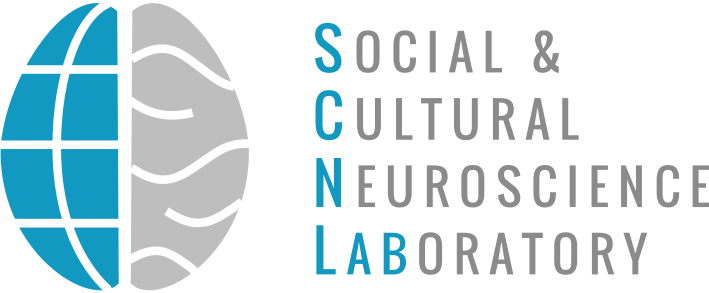A growing body of research suggests that there are a number of different ways in which our cultural beliefs, practices and environment can influence health and health care. Culture can shape conceptions of illness and treatment, the attitudes and behavior of health care providers and patients, and cultural environments can impact health directly. Yet the brain mechanisms underlying these culture-health relationships remain largely unstudied.
A Sociocultural Neuroscience Approach to Pain
Dr. Losin describes the science behind the pain of child birth
Pain is an aspect of health which is both readily influenced by sociocultural factors and amenable to study with neuroscience methods. Although pain is a universal phenomenon, the experience of pain isn’t the same for everyone. For example, a common approach to measuring pain in the clinic is a single number reported by the patient on a 1-10 numerical rating scale. Behind this single rating, however, exists a complex array of biological, psychological, and sociocultural contributing factors. Yet, the mechanisms underlying sociocultural influences on pain perception remain poorly understood.
Our current research takes a sociocultural neuroscience approach to pain in order to uncover the sociocultural and neurobiological mechanisms underlying individual and group differences in pain report (Anderson & Losin, 2016). As part of this approach, we have proposed a neurocultural model of pain in which we conceptualize the sociocultutal factors affecting pain report as cumulative across the lifespan, and suggest the underlying psychological and neurobiological mechanisms which may connect variability in sociocultural factors to variability in pain report.
Research Studies
We are currently studying sociocultural influences on both the experience of pain and the perception of pain in others. We utilize a range of self-report, behavioral (e.g. psychophysiology and facial expression analysis), and brain (fMRI) measures to understand the psychological and neurobiological mechanisms underlying these processes.
Behavioral experiment room
In one line of current work we are testing how pain perception may be altered depending on the sociocultural and contextual factors at play during medical care. To do so we are utilizing simulated clinician-patient interactions including experimental pain induction as an analogue of a painful medical procedure.
Our simulated clinical interaction studies take place in a room in our laboratory designed to resemble a doctor's office (seen to the left). Clinicians in these simulated clinical interactions are are medical trainees at the University of Miami and surrounding medical schools, increasing the ecological validity of our medical simulations and clinical applicability of our findings.
We are also adapting our simulated clinical interaction procedure to the MRI scanner in order to investigate the brain mechanisms that may underlie the influences of the clinician-patient interaction on pain perception.
In another line of work we are investigating the influence of an individual's cultural background and life experiences on pain report and its neural underpinnings. One goal of this work is to fine tune neuroimaging-based pain biomarkers to function optimally in diverse populations.







